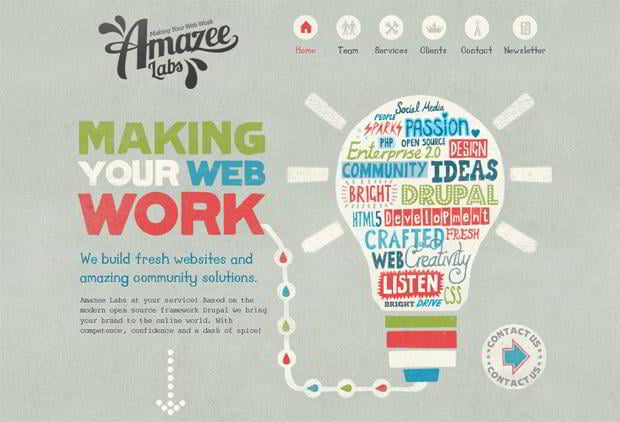Fundamental Facets Of Web Design: Guidelines For Developing A User-Centric Site
Fundamental Facets Of Web Design: Guidelines For Developing A User-Centric Site
Blog Article
Created By-Crews Thrane
When it comes to internet site style, making sure user-friendliness is crucial. From responsive style to structured navigating, every element plays an important role in developing a site that caters to your audience's requirements. Yet what concerning the better details that can make or break a user's searching experience? Keep tuned as we uncover some often-overlooked pointers that can raise your site's functionality to the next level, making it truly stick out in the digital landscape.
Relevance of Responsive Style
Receptive design is a crucial element of contemporary website growth. Ensuring your web site is receptive means that it can adjust to different display dimensions and devices, offering a smooth experience for customers.
With the boosting use of smartphones and tablet computers to access the net, having a receptive design is vital for reaching a broader audience. local web designer assists in improving individual experience by making your website simple to browse and keep reading any type of gadget.
In addition, receptive style can favorably affect your online search engine positions, as online search engine like Google prioritize mobile-friendly sites. By having a receptive design, you're also future-proofing your internet site, as new gadgets with varying display sizes remain to emerge.
Simplify Navigation Framework
To improve user experience and help with easy accessibility to information on your site, enhancing the navigating framework is paramount. When making your site, concentrate on creating a clear and instinctive navigation food selection that assists visitors find what they're seeking swiftly.
Limit the variety of food selection products to the fundamentals, organizing relevant web pages with each other to stay clear of overwhelming users. Use detailed labels that clearly indicate the material of each web page, making it much easier for customers to comprehend where each link will certainly take them.
Think about implementing dropdown food selections for subcategories to stop jumbling the main navigating bar. In addition, include a search bar prominently on the page for customers who prefer searching for specific information.
Focus on mobile responsiveness in your navigation layout to make sure easy accessibility on all tools.
Enhance Web Page Tons Speed
Improving page tons speed is critical for retaining site visitors on your site. Slow-loading web pages irritate customers and can bring about high bounce prices. To enhance page tons speed, start by maximizing photos. Compress images without endangering high quality to reduce their data dimensions.
Furthermore, make it possible for web browser caching to save frequently accessed sources in your area, quickening lots times for returning visitors. Minify CSS, JavaScript, and HTML data by removing unnecessary personalities, remarks, and format, improving tons rate.
Consider utilizing a material delivery network (CDN) to disperse your internet site's content across several servers worldwide, minimizing latency for users accessing your site from different areas. Finally, limit the use of third-party manuscripts and plugins, as they can considerably influence tons times.
Conclusion
Finally, by integrating receptive design, streamlining navigating, and enhancing web page lots rate, you can develop an easy to use web site that attract a larger audience and boosts customer experience. These essential elements make certain that visitors can quickly gain access to and browse your website across different tools, resulting in boosted engagement and satisfaction. By concentrating on visit this website , you can develop a successful site that maintains individuals coming back for more.
